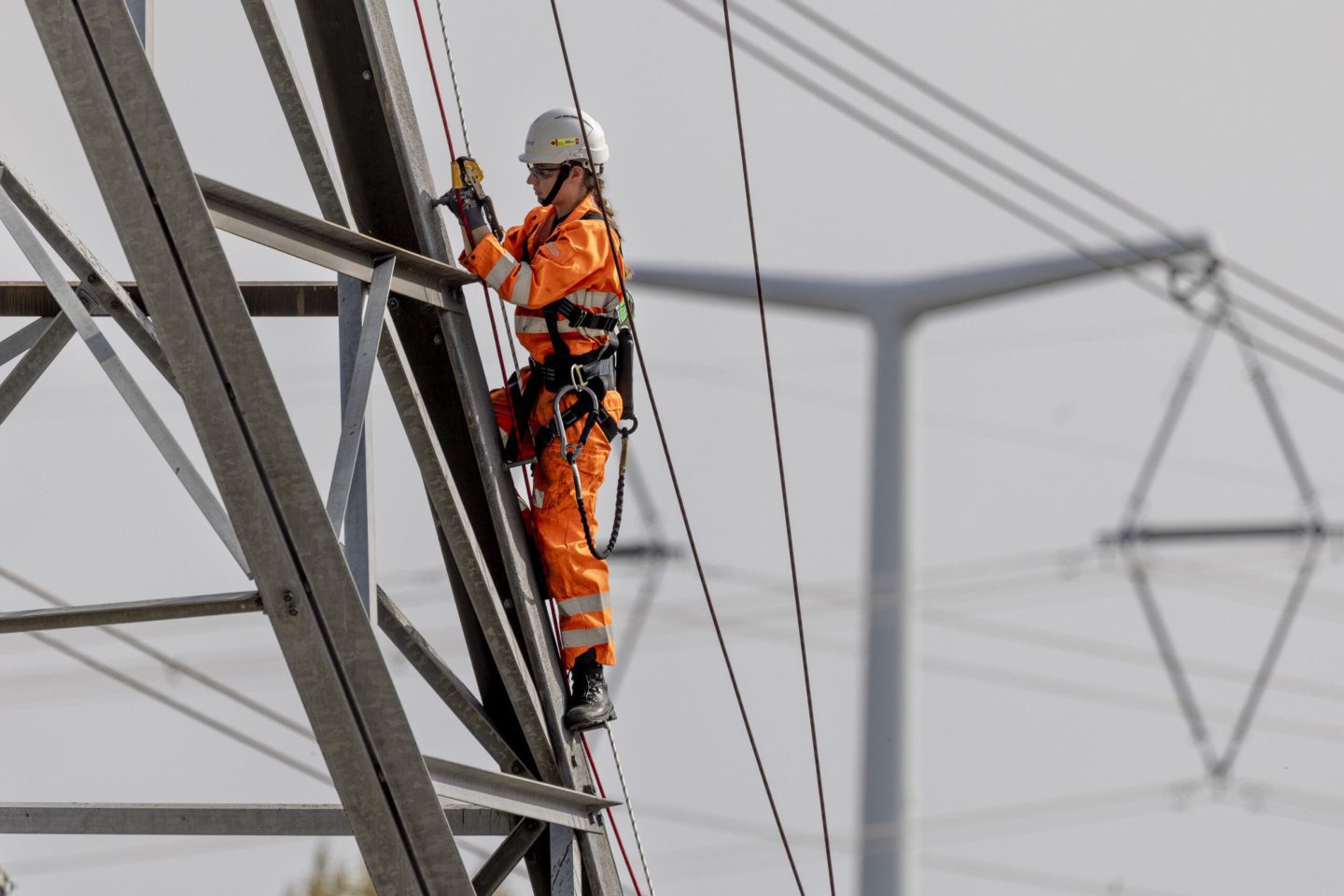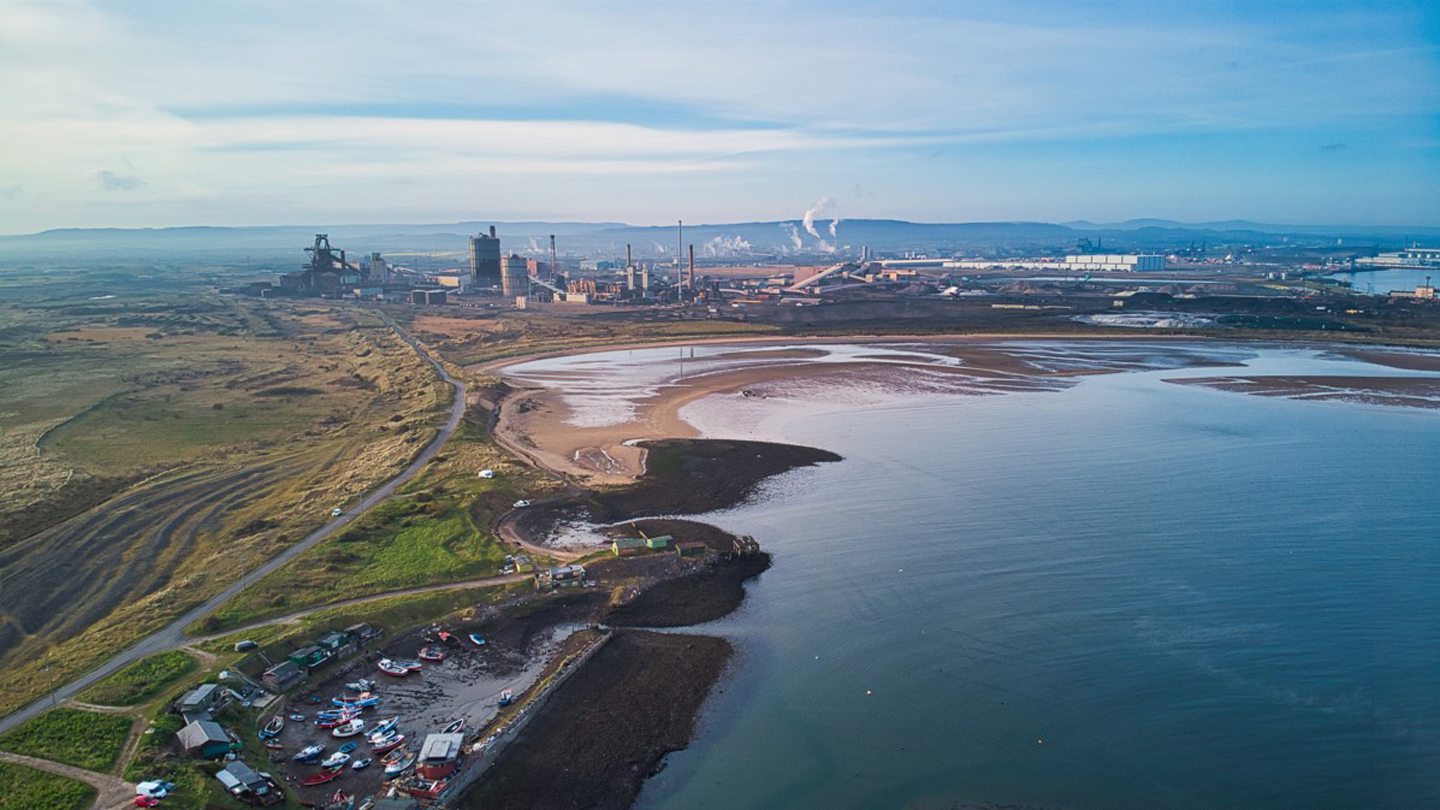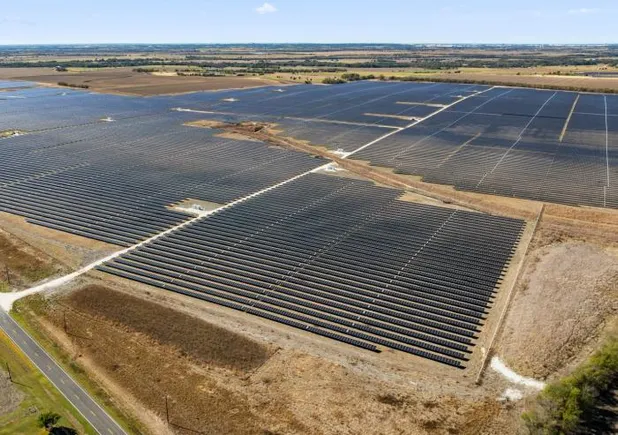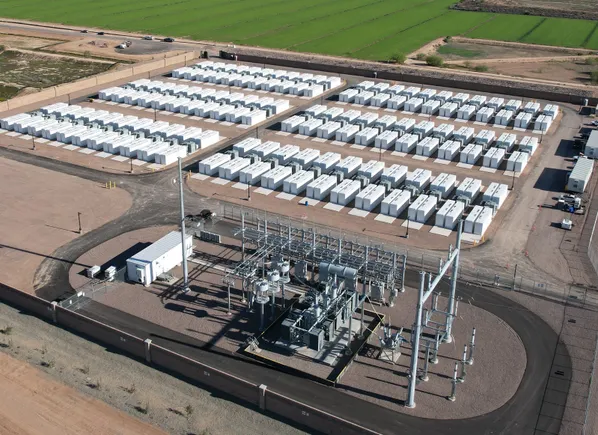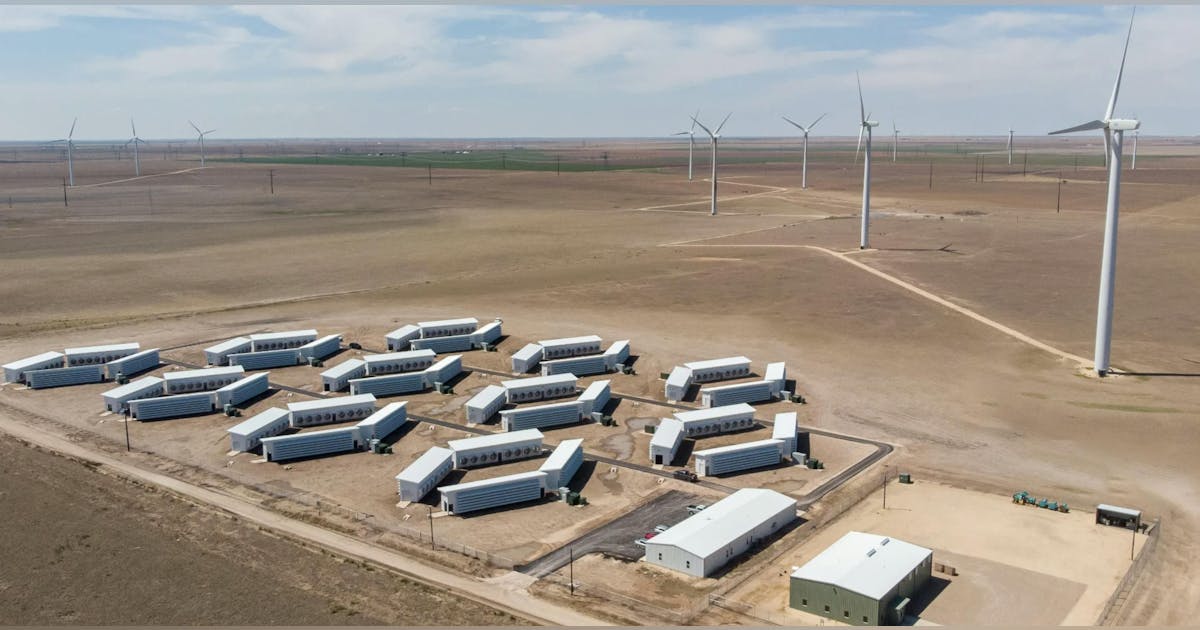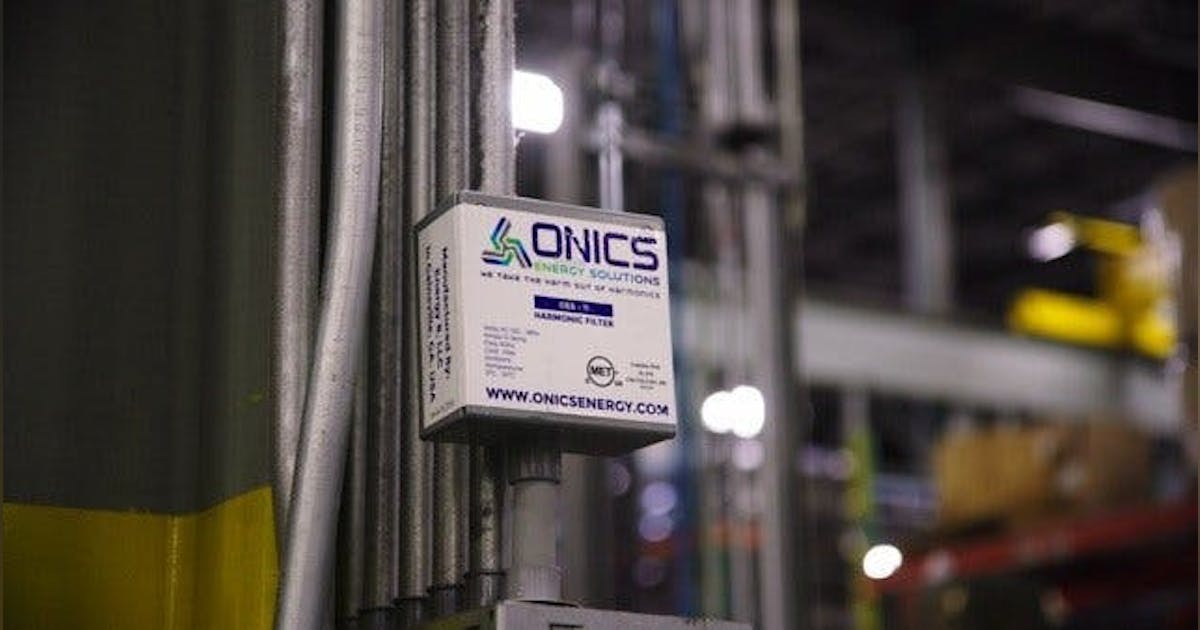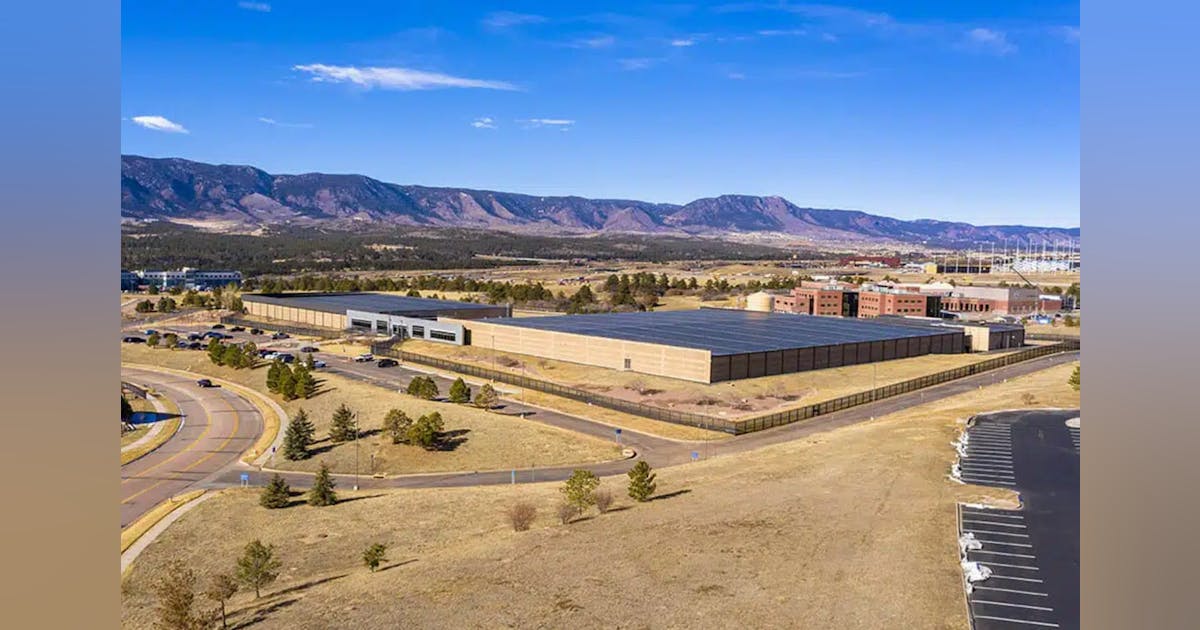The Humber is “a living lab for how to enable the energy transition”, it has been claimed.
Diana Taylor, the MD of Future Humber, made the comments while in conversation with Energy Voice at the Innovation Zero conference in London.
She described how her organisation was aiming to bring together the private and public sector with academia to “drive the compelling story and the compelling narrative for Humber”.
“We are the engine room for collaborative action,” Dr Taylor told Sepi Golzari-Munro.
“We have partners from all sectors, particularly, of course, clean growth and renewable energy.
“Our partners are really driving the new hydrogen economy, driving carbon capture and storage… and Humber is known globally for offshore wind and how we deliver for the UK in terms of renewable energy.”
Focus on the future
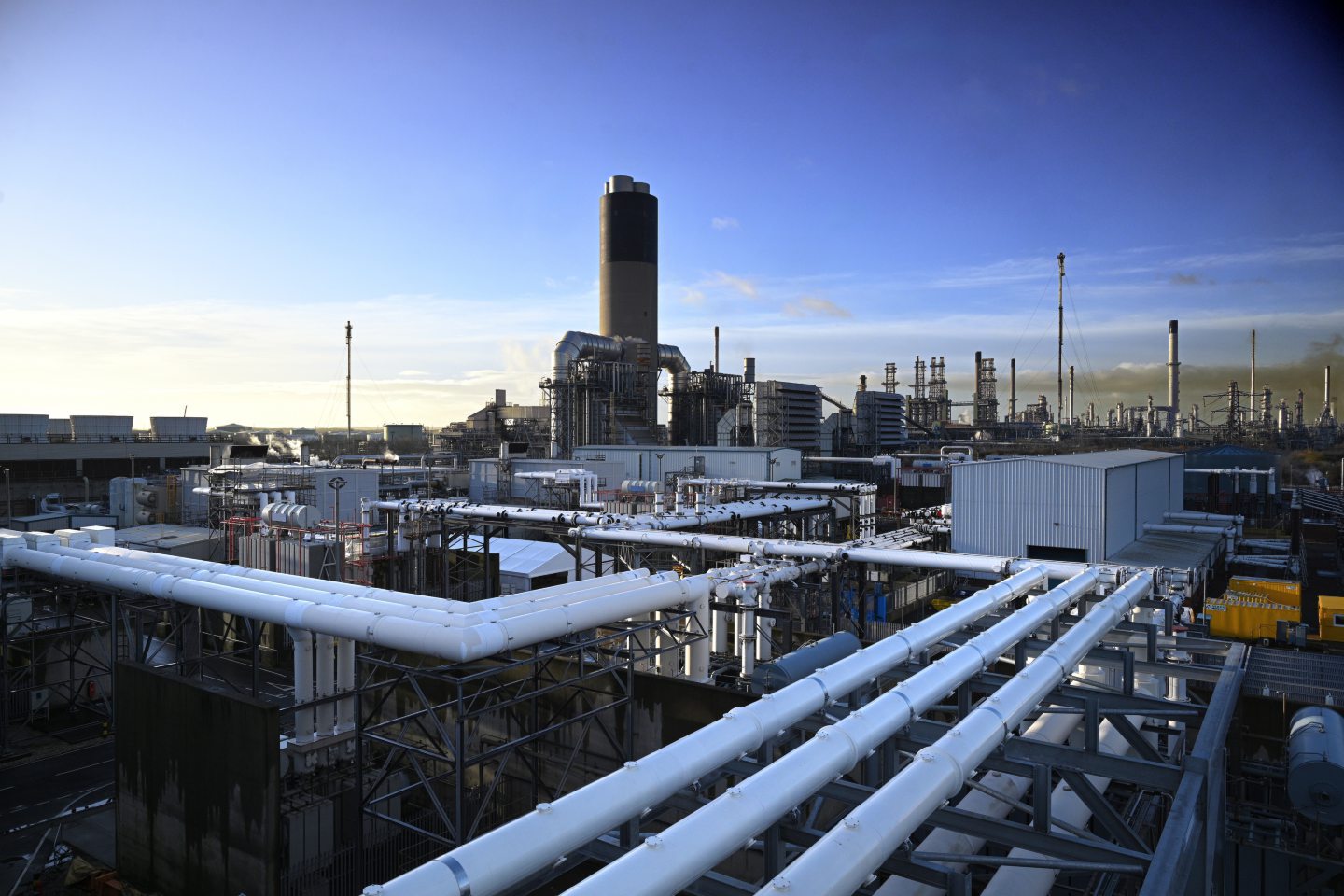 © Supplied by VPI
© Supplied by VPILooking ahead to the next five or ten years, Future Humber sees an “exciting” time for the cluster locally.
The focus in the short-term will, Dr Taylor said, be on ensuring the skills and talent are available locally to achieve meaningful progress and ensure ambitions are realised.
Meanwhile, “technology and innovation” will also be key to ensuring the region unlocks its full potential.
E-FWD Analysis: The UK’s renewable energy costs crisis
Dr Taylor leads the executive team at Future Humber and is responsible for guiding the vision and strategy to market the Humber to the UK, Europe, and beyond.
Working with bondholders, partners and stakeholders to “build the voice of the region”, the organisation aims to enable local businesses to succeed and grow amid a changing energy sector.
Its mission comes as the Humber – currently the UK’s most carbon intensive industrial cluster – positions itself to play a leading role in decarbonising the UK.






